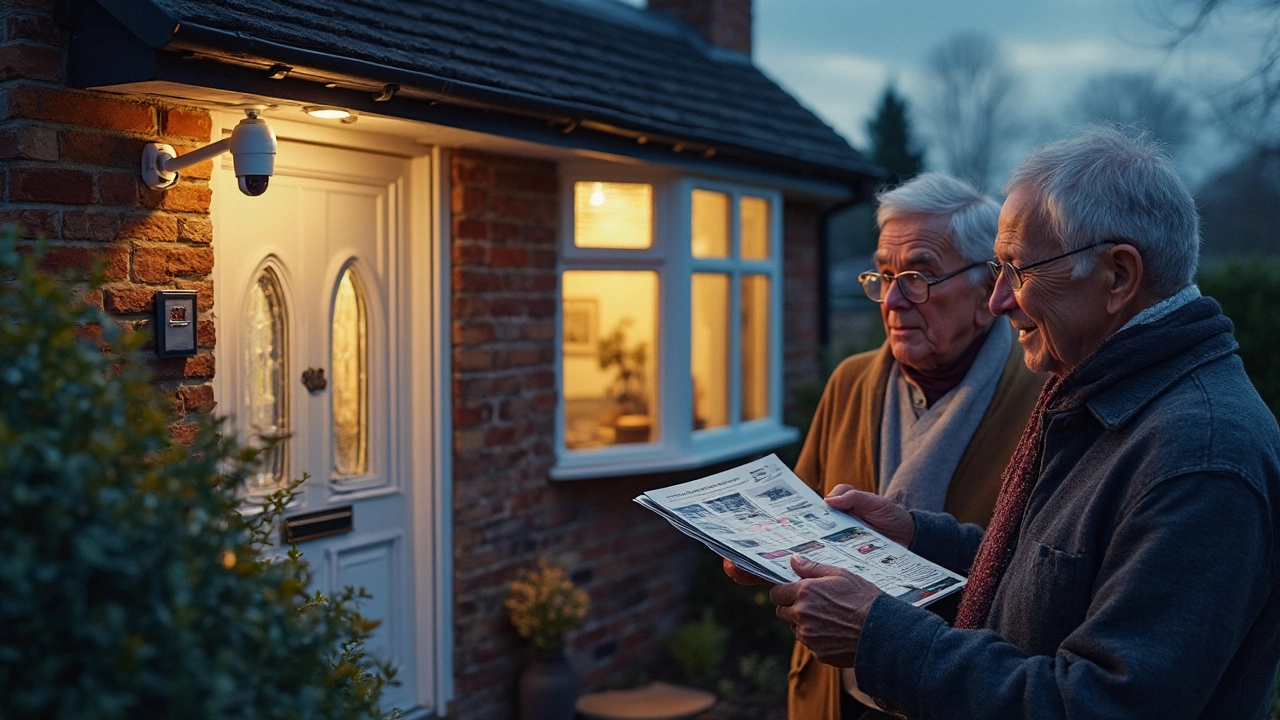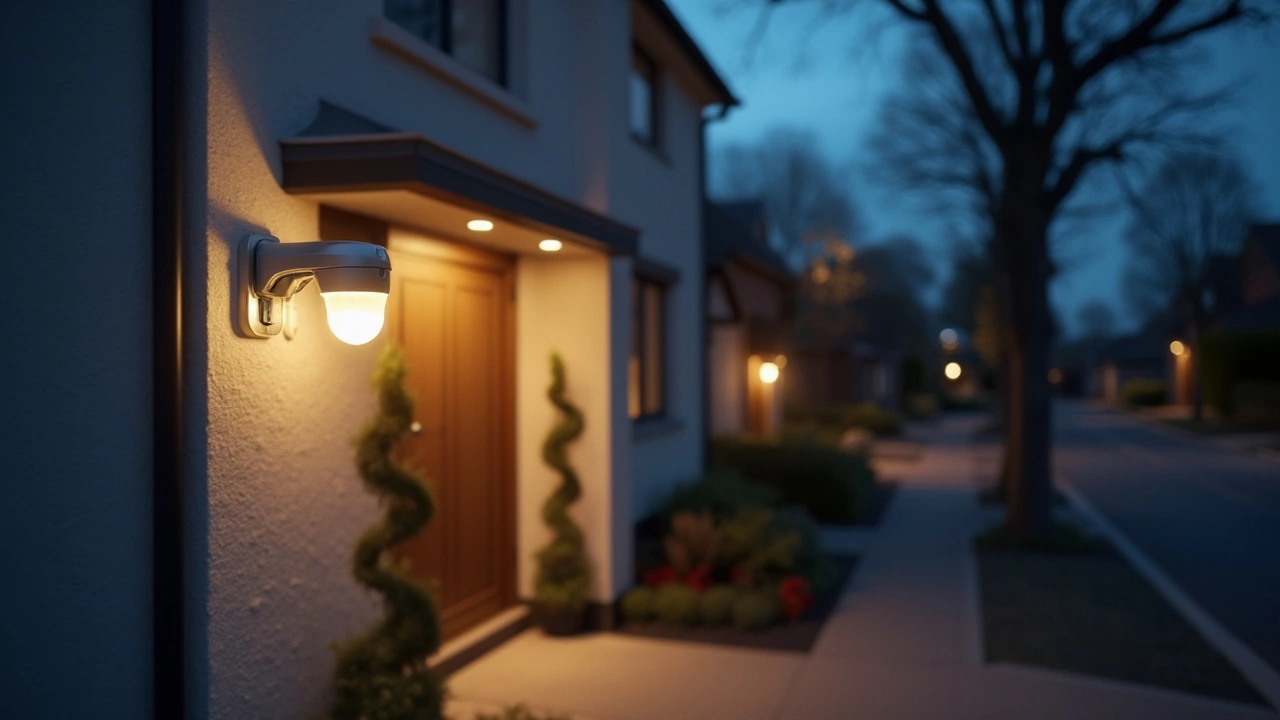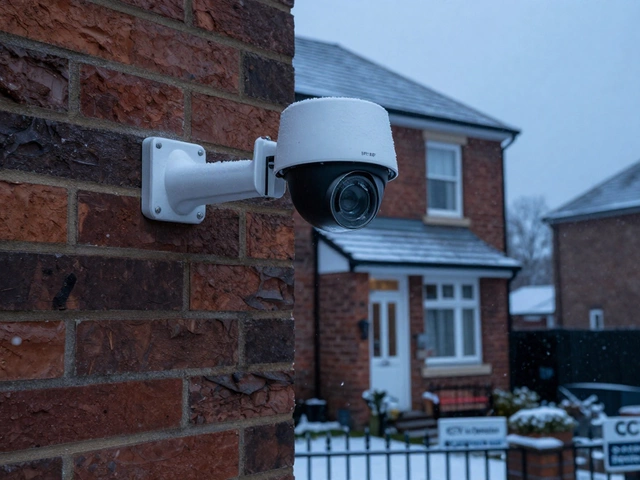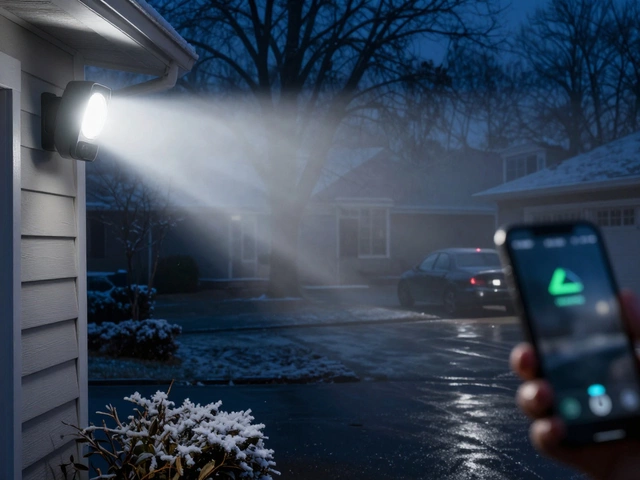Security System Guide – What You Need in 2025
Feeling a little uneasy about leaving your home alone? You’re not alone. A solid security system can turn that worry into peace of mind, and you don’t need a massive budget or a tech degree to set one up. Below you’ll find the basics you need to protect a house or a small business in the UK today.
Pick the Right Alarm for Your Space
The first step is deciding how you want your alarm to work. Traditional wired systems are still popular because they’re hard to tamper with, but a modern wireless alarm can give you the same reliability without digging up walls. If you’re renting or don’t want a permanent install, look for a battery‑powered unit that advertises a 5‑year life cycle and easy self‑testing.
Don’t forget the power source. Many people assume a phone line is required, but most UK alarms now run over cellular or Wi‑Fi. A cellular backup keeps the system alive even if the internet drops, which is a common worry during power cuts. Check the monthly fee – some providers bundle monitoring, battery replacement, and app access for a flat rate, while others charge extra for each feature.
Smart Cameras and Doorbells: More Than Just Video
Today’s cameras do more than record. Look for models with PIR or dual‑tech motion sensors; they cut down false alerts caused by pets or passing cars. If you’re budgeting, a wired camera often gives better night‑vision than a battery‑run one, but the latest battery cams can last up to a year if you position them out of direct sunlight.
Doorbells have become a hot topic. A wired video doorbell pulls power from your existing transformer, which means a constant feed and no battery swaps. Battery‑powered doorbells are easier to install, but you’ll need to recharge every few months, especially if you get a lot of visitors. When choosing, make sure the chime you have at home is compatible – many UK homes still use mechanical chimes that need a specific voltage.
Wi‑Fi security cameras are convenient but come with privacy risks. Make sure the device uses end‑to‑end encryption and has regular firmware updates. A separate guest network for all your smart devices can add an extra layer of protection, keeping your main internet traffic away from potential hackers.
Finally, think about integration. A system that lets you arm the alarm, view camera feeds, and get doorbell alerts from a single app reduces the learning curve. Most major brands support Alexa or Google Assistant, so you can ask your speaker to lock doors or check the live feed while you’re at work.
Putting it all together doesn’t have to be overwhelming. Start with a reliable alarm core, add a couple of indoor/outdoor cameras where you need them most, and finish with a doorbell that matches your wiring situation. Test everything once a month – a quick button press in the app should trigger a siren and send a push notification to your phone.
With these basics, you can build a security system that fits your lifestyle, budget, and the unique layout of your property. Keep an eye on new releases – the market evolves fast, and today’s upgrade could be tomorrow’s must‑have feature.












